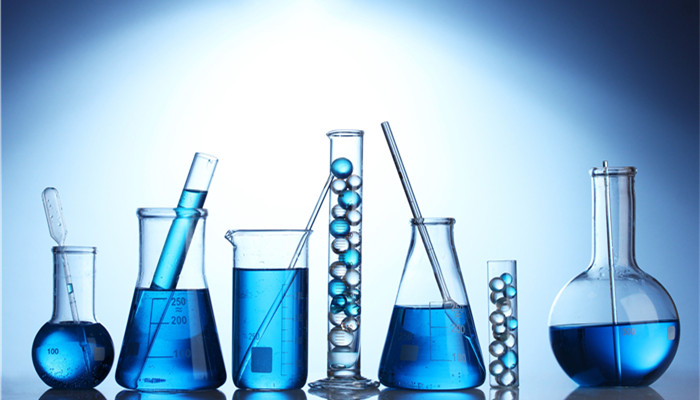
2,3-Butanediol preparation technology continues to be optimized, and industry development will shift towards greening and high purification.
2,3-Butanediol, also known as 2,3-dihydroxybutane or dimethylene glycol, is a very important chemical raw material. It appears as a colorless liquid and is slightly soluble in water, ethanol, ether, Acetone is hygroscopic and sensitive to air. 2,3-Butanediol is a chiral compound with two chiral carbon atoms in the molecule and three optical isomers.
2,3-Butanediol is widely used in chemical solvents, chemical industry, food additives, liquid fuels, aerospace, chemical industry, dyes, perfumes and other fields. In the chemical industry, 2,3-butanediol is widely used in the production of methyl ethyl ketone, 1,3-butadiene, butadiene rubber, styrene-butadiene rubber, polyester and polyurethane; in the field of liquid fuel, 2 , 3-butanediol has a high calorific value and is a precursor for the synthesis of polyester and polyurethane; in the field of food additives, under the action of dehydrogenase, 2,3-butanediol can be oxidized to generate 3-hydroxy-2- Methyl ketone (acetoin) or dehydrogenation to form diacetyl (2,3-butanedione).
According to the “2022-2027 China 2,3-butanediol industry market in-depth research and development prospect forecast report》shows that globally, the 2,3-butanediol market is mainly distributed in North America, Europe, and the Asia-Pacific region. In the Asia-Pacific region, countries such as China, Japan, and India are the main participants. In recent years, with my country’s economic development and technological progress, the 2,3-butanediol market has developed rapidly, and the market growth rate is higher than the global average.
The 2,3-butanediol production process is mainly based on chemical synthesis and uses petroleum as raw material. However, this process has high preparation costs, cumbersome processes, unmild reaction conditions, and serious environmental pollution. Therefore, it is not conducive to large-scale industrial production, leading to global The production scale of 2,3-butanediol industry is small, and the main suppliers include Merck Chemical, LanzaTech Company, Glory Company, Yancheng Huade Biotechnology, Hongtai Biotechnology, etc.
In recent years, with the increasingly strict environmental protection supervision and technological advancement, 2,3-butanediol production has begun to upgrade in the direction of green, efficient, environmentally friendly and low-cost. In this context, microbial fermentation method and Jerusalem artichoke fermentation method The preparation process has received widespread attention, and the advancement of purification technology has led to the continuous improvement of the purity of 2,3-butanediol products. The current laboratory optical purity has exceeded 98%.
Klebsiella pneumoniae, Enterobacter cloacae, and Klebsiella oxytoca are currently highly productive bacterial species that produce 2,3-butanediol on an industrial basis. However, due to their pathogenicity and high risk, microbial fermentation methods Producing 2,3-butanediol is a big challenge. Currently, domestic universities engaged in related research include South China University of Technology, Tianjin University, etc.
Industry analysts said that 2,3-butanediol has promising applications in aerospace, chemical industry, food additives, liquid fuel and other fields Well, market demand maintains a growth trend, but due to limitations in preparation technology, industrial large-scale production of 2,3-butanediol is difficult. Against the background of increasingly stringent environmental protection supervision, the preparation of 2,3-butanediol by microbial fermentation has attracted market attention. The production of 2,3-butanediol will gradually transform into high efficiency, green, low cost and high purity.

 微信扫一扫打赏
微信扫一扫打赏

